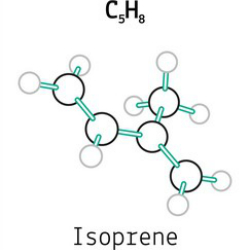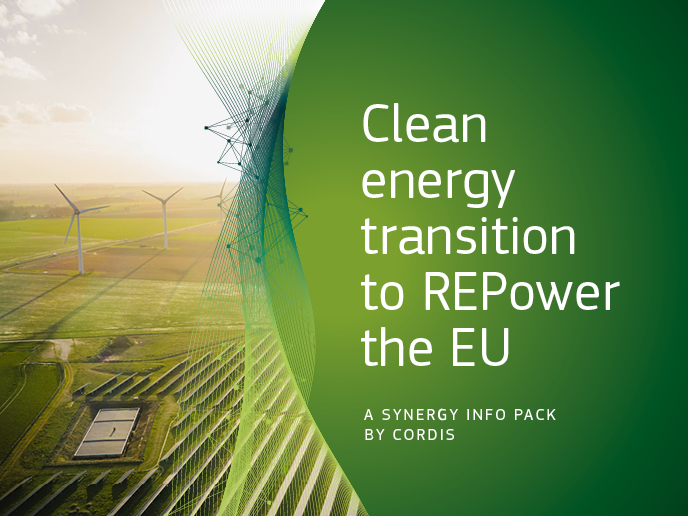Models to understand atmospheric isoprene
Isoprene is one of the most common hydrocarbons in the atmosphere – as common as methane, in fact. However, chemists still don't fully understand how isoprene interacts with other gases in the atmosphere. This lack of understanding affects our models of the global climate system. To address this, the EU-funded LAMUNIO (Laboratory and modelling studies to understand isoprene oxidation) project investigated isoprene chemistry in the upper atmosphere using laboratory techniques and models. Researchers looked at how isoprene interferes with fluorescence assay by gaseous expansion (FAGE), which measures unstable compounds like hydroxide (OH) and HO2 and in the air. Their work has helped to make FAGE measurements more accurate. LAMUNIO studied the reaction between ozone and isoprene to find out which products formed at different pressures and temperatures. They identified products such as methacrolein, methyl vinyl ketone and formaldehyde, which are not influenced by reaction temperature. Lastly, LAMUNIO assisted a related project to better estimate the products formed by certain chemical reactions in the atmosphere, using FAGE. The LAMUNIO project has provided new information on isoprene, a common but overlooked component of our atmosphere. This will help make climate models more accurate and thus more reliable.







